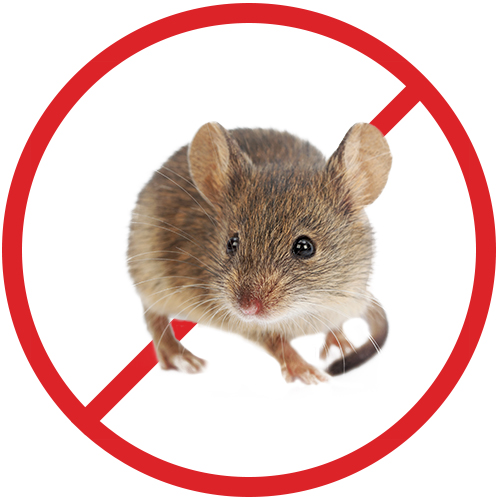House mice

The house mouse is a small mammal that is 6 to 10 cm-long, without its tail that measures about 8 cm. It weighs between 15 and 30 grams. Its hair is sort of grey in color whereas its belly is mostly white. Due to a good pair of ears, a pointed nose and little eyes, its senses are very sharp. It has a very good sense of smell and sharp hearing, which compensates for its poor eye sight. The house mouse is a nocturnal species. It prefers hunting for its food at night, when it feels safer, but it is possible to see a house mouse during the day. It is omnivorous; it can eat just about anything: meat substitutes, grains, nuts, vegetables, small fruits, etc. Because it is small, it can squeeze through anywhere, since a 0.5 cm opening is all it takes, making it easy as pie to enter restaurants, houses, sheds and other buildings.
The lifespan of a house mouse is about one year. It breeds year-round and the pups are born after a three-week pregnancy only. A female is capable of producing up to 8 litters per year with an average of 4 to 6 pups per litter. At about 3 months only, the pups become adults and reach sexual maturity. This is why a mouse infestation can become full-blown in a very short time.
- Garage doors that are not sealed.
- Front doors and back doors that are not sealed.
- Missing grill on the outside end of a dryer’s duct.
- Infested neighborhood: mice move from one unit to another through pipes (bathtub trap) or through holes in walls.
- Damaged soffits allowing mice to infiltrate the attic.
- Portes de garage non étanches.
- Portes d’entrée avant et arrière non étanches.
- Grillage manquant sur la sortie extérieure du conduit de la sécheuse.
- Voisinage infesté : les souris circulent d’un logement à l’autre par le système de tuyauterie (trappe à bain) ou par des trous dans les murs.
- Soffites endommagés permettant aux souris de s’infiltrer dans le grenier.